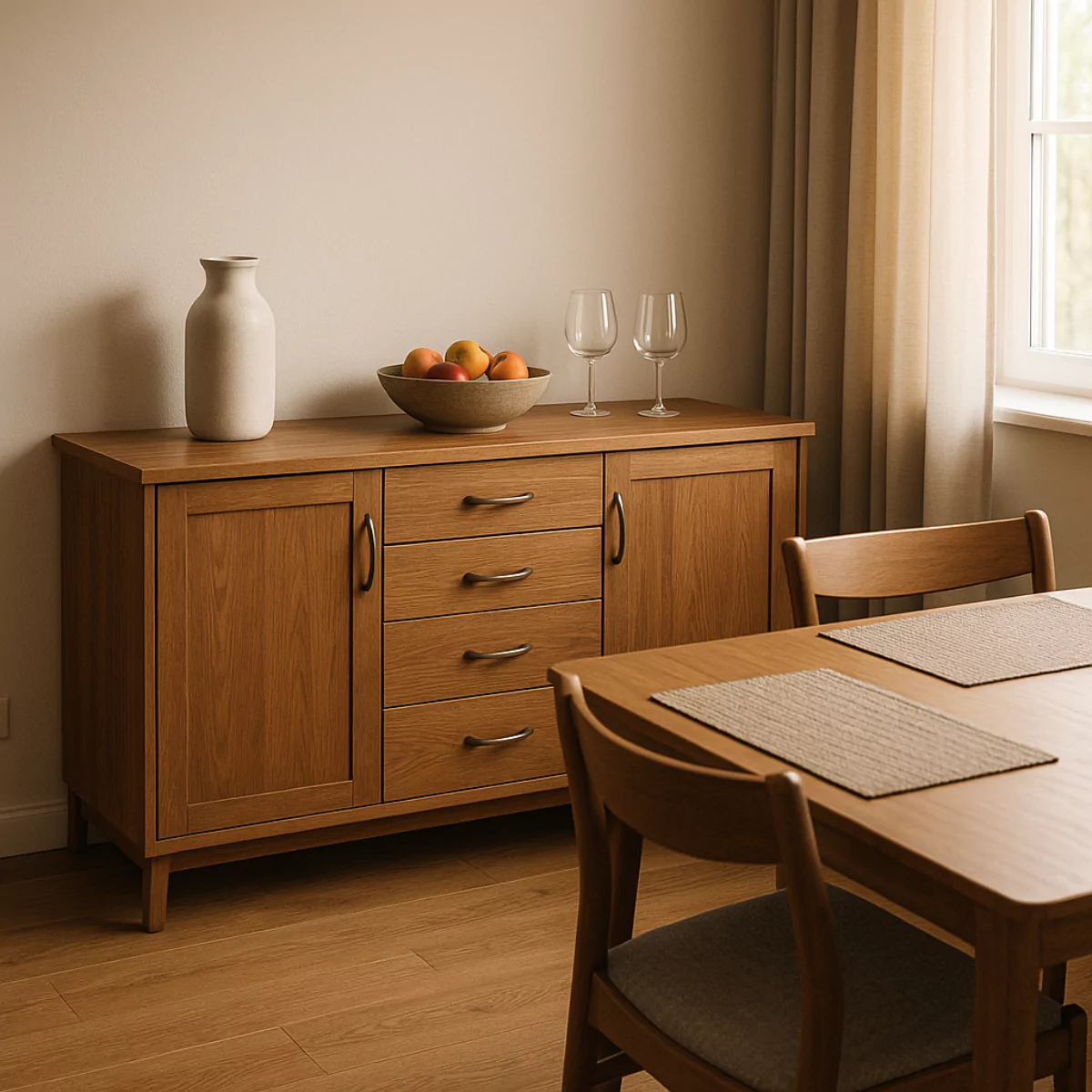A sideboard can do more than just hold your dinnerware — it sets the tone for your dining room and adds functional storage with elegance. But buying a sideboard without proper planning can lead to major regrets. From picking the wrong size to overlooking functionality, these common sideboard buying mistakes can turn your dream setup into a daily nuisance.
In this guide, we’ll help you avoid the top 5 mistakes people make when buying a sideboard, so you can shop smarter and choose a piece that truly enhances your space — both visually and practically.
1. Ignoring the Dimensions of Your Room
One of the biggest sideboard buying mistakes is not measuring your available space. A sideboard should complement your dining room — not overpower it or feel crammed against a wall.
What to Do Instead:
- Measure your wall where the sideboard will sit.
- Leave at least 24 inches of clearance in front to open cabinet doors or drawers.
- If placing near a dining table, ensure 36 inches of clearance for walkways.
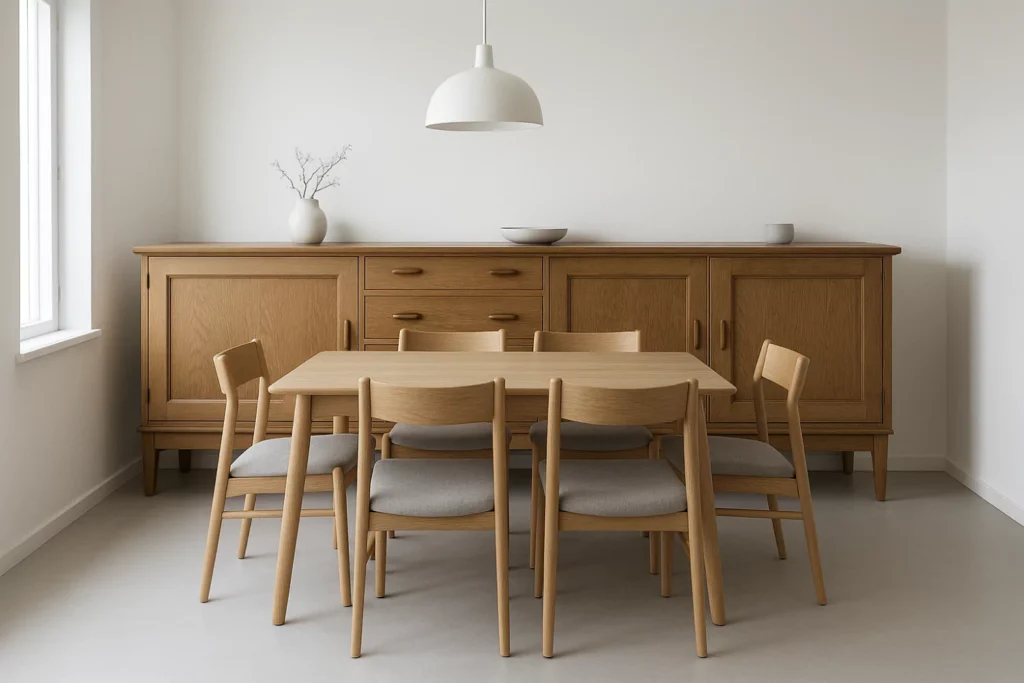
2. Choosing Style Over Function
A beautifully carved sideboard may catch your eye, but if it can’t store your essentials or fit your space, it’s not worth it. Many buyers fall into the trap of picking a showpiece rather than a usable storage solution.
What to Do Instead:
- Consider what you’ll store: dinnerware, linens, barware, etc.
- Look for features like adjustable shelves, soft-close drawers, and hidden compartments.
- Match style with utility — don’t trade practicality for looks.
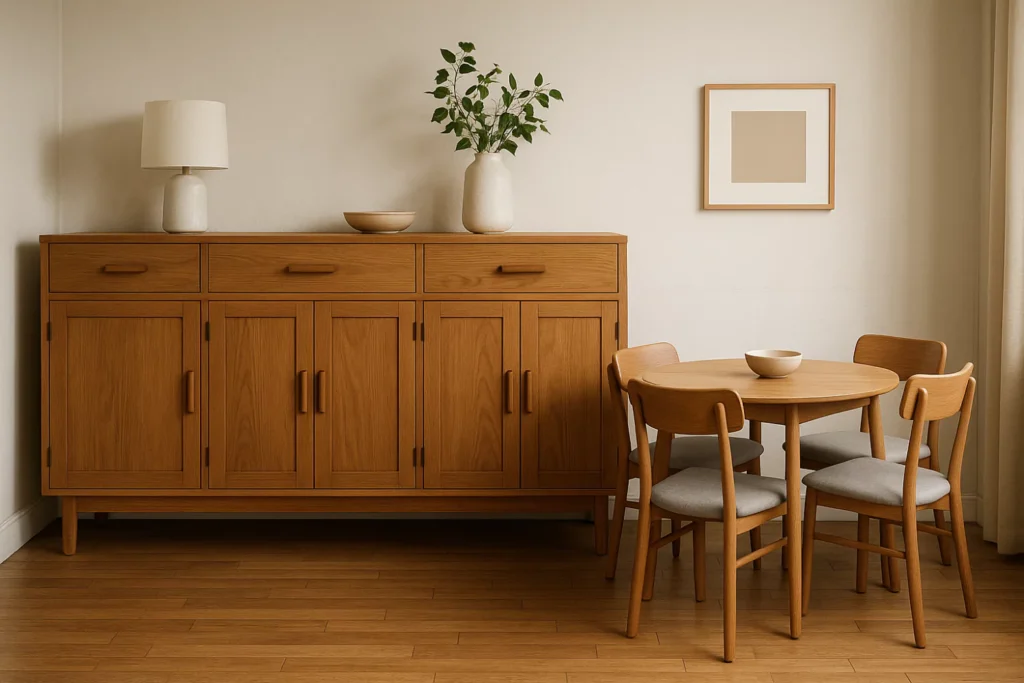
3. Not Thinking About Depth and Height
Most people check width, but forget about depth and height, which are just as critical. A deep sideboard can eat into walking space, and a very tall one can make your room feel boxed in.
What to Do Instead:
- Ideal depth is 16–18 inches for tight spaces and up to 22 inches for larger rooms.
- Standard height is 30–36 inches — pick based on your needs and the wall decor above it.

4. Overlooking Your Existing Decor
A rustic wooden sideboard may look amazing online, but will it complement your mid-century chairs or modern pendant lighting? Buying in isolation without thinking of your existing palette and furniture is a costly mistake.
What to Do Instead:
- Match the material tone (light vs. dark woods).
- Echo shapes and lines — e.g., if your table has curved legs, don’t choose a blocky, industrial sideboard.
- Use tools like mood boards or AR previews when shopping online.
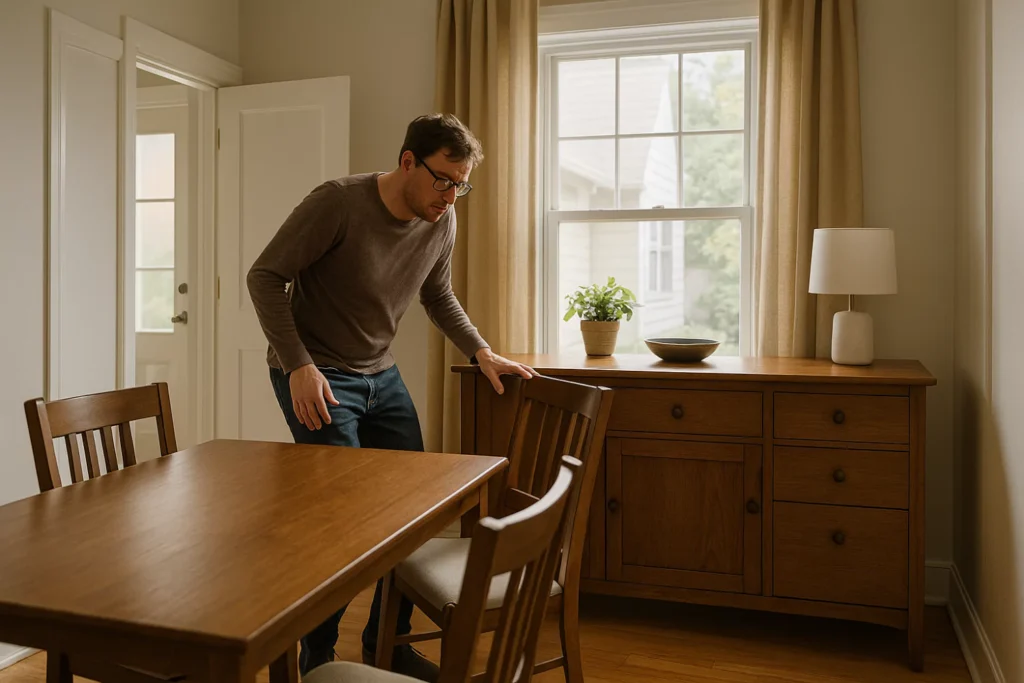
5. Settling for Cheap Build Quality
In an attempt to save money, many buyers go for MDF or veneer sideboards that begin to warp, peel, or wobble over time — especially when storing heavy items.
What to Do Instead:
- Opt for solid wood construction or high-quality engineered wood.
- Check weight limits, hinge quality, and warranty.
- Think long-term — a $200 sideboard that lasts 2 years vs. a $600 one that lasts 10+.
Final Thoughts: Shop Smart, Not Just Stylish
Avoiding these sideboard buying mistakes ensures that you’re not just purchasing furniture — you’re investing in functionality, harmony, and long-term durability. Before you click Buy Now, pause and revisit this guide to ensure your choice checks all the right boxes.
Whether you’re designing a cozy dining nook or a grand hosting space, the right sideboard will serve both style and substance — without regrets.
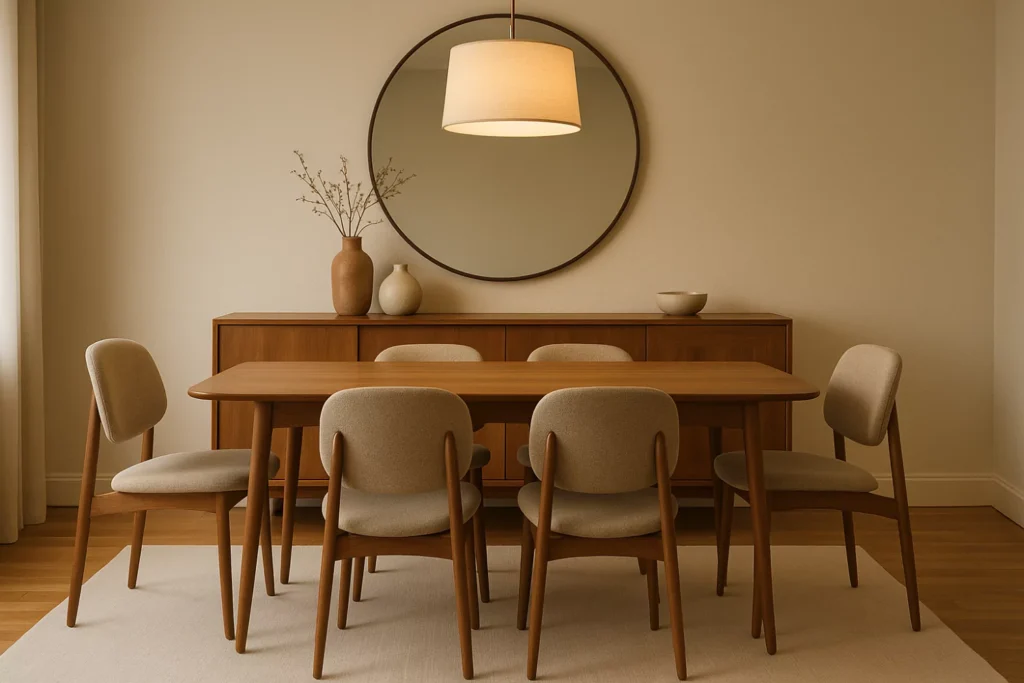
Look for sideboards that are under 48 inches wide and 16–18 inches deep for compact rooms.
Absolutely! Sideboards work great in living rooms, entryways, or bedrooms as stylish storage.
They are similar, but buffets tend to be taller and narrower, while sideboards are often wider and lower with more versatility.
Yes, solid wood offers durability, better weight support, and timeless aesthetics compared to MDF or particleboard.

